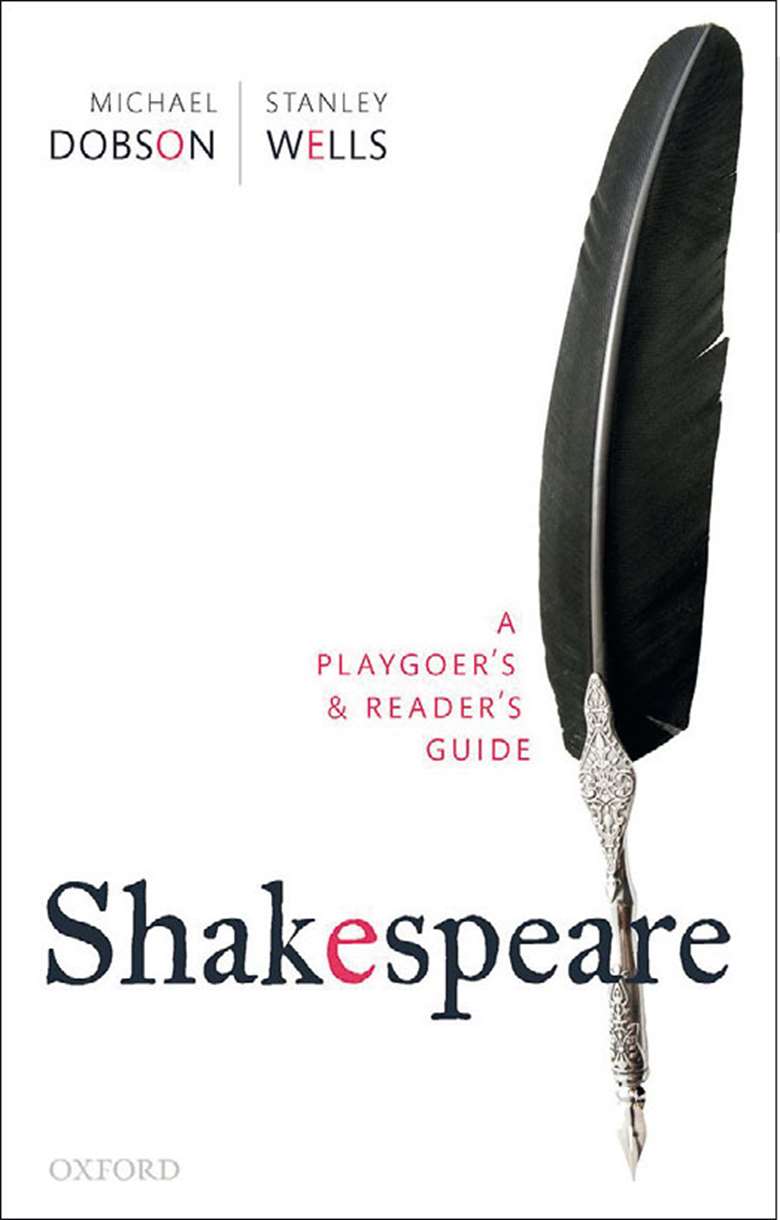Shakespeare: A Playgoer's and Reader's Guide edited by Stanley Wells and Michael Dobson
Nick Smurthwaite
Friday, December 18, 2020
A thorough and accessible resource, published by OUP.

Older readers may recall a series of booklets in the 1970s and ‘80s called The Bluffer's Guide To… enabling you to grasp just enough information and insight into jazz, opera, theatre, philosophy, to be able to hold an intelligent conversation about it.
While the OUP's Shakespeare: A Playgoer's and Reader's Guide is a little too high-minded to fall into the ‘bluffer’ category, its accessibility and reader-friendly layout suggests the publishers were chasing down a format that would appeal equally to scholars and theatregoers.
Have they succeeded? Definitely in terms of the content, provided by Stanley Wells and Michael Dobson, arguably the UK's two foremost Shakespeare scholars, neither of whom ever lets their forensic knowledge obscure the need to be clear and readable. They worked together on the weightier Complete Oxford Shakespeare for OUP and indeed much of its content is recycled here.
In the new pocket edition, as well as scene by scene plot synopses, notes on texts and sources, Wells and Dobson examine themes and motifs, as well as looking at notable stage and screen adaptations
It begins with a succinct seven-page biography of the Bard, whom they summarise as ‘an educated, well read and ambitious man, a listener rather than a talker, who knew how to manage his business affairs and hoped to pass on something of what he had earned to his descendants.’
For the more scholarly reader they have included a handful of plays and poems in which Shakespeare may have had a hand but that are not normally credited to him, such as Cardenio (1613), which he is thought to have co-written with his contemporary John Fletcher; Sir Thomas More (undated), the provenance of which is complicated; and Edward III (1596), which our literary detectives think was definitely a collaboration.
As a reference book for Drama and English teachers, this is destined to become an indispensable part of the toolkit, so packed is it with scholarship and trivia (e.g. in a 2018 production of Anthony and Cleopatra, Sophie Okonedo had to deal with a large snake bearing down on her with evil intent).
My only caveat is the size and quality of the typeface. When there's a reprint, I suggest OUP choose a bigger, darker typeface you can read without squinting.

